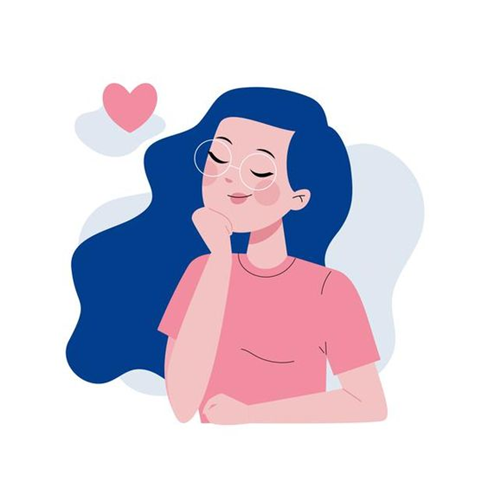Toxic Beauty Standards: It’s a Problem
Light skin complexion, long hair, tiny waist, plump lips, curvy hips, almond eyes, petite figure, slender legs, small face, light eyes, defined jawlines, pointed chins, and pretty hands. Throughout the years, our society has evolved in various different ways. Alongside it, the growth of universal beauty standards are also cultivated. Over the years, beauty standards have morphed in its own way. Unfortunately, they grew to be unrealistic and unmatched to natural shapes and the way things originally are created.
As stated at the beginning of this blog, the list of beauty standards can go on and on. Each region and country has their own standards and specifications, all according to their history. And each standard is shaped as an ideal level of beauty that some people have to achieve in order to “look perfect.”
Little did we know that the existence of these beauty standards had subconsciously created a toxic mindset in the world of fashion and beauty. How so? These standards are here as a classification of beauty levels. They determine whether you’re “beautiful” or “ugly.” But the undergoing fact is that most of the time, these sets of standards aren’t even naturally achievable. Blessed genes aren’t always everyone’s forte and it’s nothing anyone can choose to be. Maybe some girls naturally obtain the golden genes of clear skin and petite figures, but it’s never a good idea to compare anyone to the currently existing beauty standards. Not to mention, some of them even answer to the male gaze –as the perspective of a notionally typical heterosexual man, characterized by a tendency to objectify or sexualize women–. This would bring harm upon anyone both in the status quo and the possible future events.
As an individual, these standards are proven to be physically and psychologically damaging based on past research that has been done and excerpted from various sources. It’s good that some people learned that these standards aren’t their number one priority and not something for them to achieve with blood, sweat, and tears. But some people don’t think alike.
When a person feels as if they’d failed to achieve their ideal body images, this could lead to both mental and physical health issues. Mental health issues such as eating disorders, mood disorders, anxiety disorders, depression, suicidal thoughts, self-hatres, and low self-esteem are very likely to be caused by these unrealistic beauty standards. From there, physical health issues arose from self-starvation, over-exercising, laxative abuse, and unnecessary cosmetic surgery that are considered dangerous. These outcomes and procedures are fitting to be considered as putting people in harm’s way, henceforth the existence of these beauty standards are entitled as toxic.
So now that we’ve acknowledged that toxic beauty standards are a no-go, what could we do to avoid it?
The first step is to accept yourself the way you are. You need to remember that the way you are shaped and created are a hereditary gift from the elders in your family. They should be something to be grateful about.
The second step is for you to learn how to love yourself. Acknowledge that your body is what keeps you going. They accommodate you and allow you to finish your daily errands. It has done a lot for you. It’s only right if you’re kind to it too. Treat yourself the way you would pleasantly treat other beautiful people, for you are, too, beautiful.
Written by Cathleen Avrilian XIIMIPA2

Comments
Post a Comment